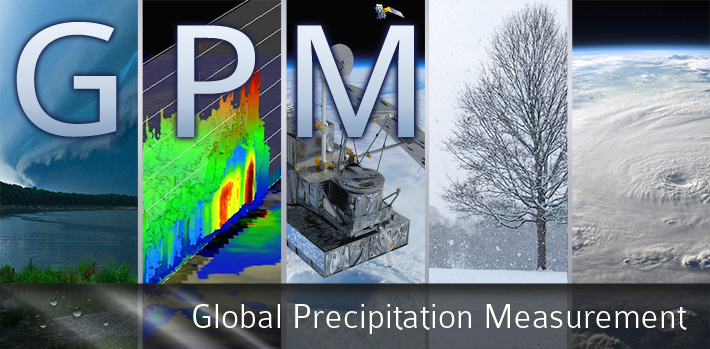GPM Tier 1 Radar Site Overpass PredictionsJAXA GPM/DPR Orbit PredictionsTry this link to the JAXA GPM web site for Orbit Search and PredictionArchives of 31-day and 7-day GPM Overpass Predictions
Recommended Calibration Procedures for GPM Ground Validation Radars
Overpass Case StudiesMany GPM overpasses have already been observed by our Tier 1 Partners. Click here to see some of the matchups, or use the "GPM Overpass" tab on the menu bar above.
Operations Concept for Notifying Tier-1 Ground Radars of TRMM and GPM Overpass EventsThe operations concept so far is to routinely make four (4) file types available for each Tier-1 radar (that is, each radar will have its own set of 4 of file types, 2 for GPM and 2 for TRMM). The file type contents are described below. 1) A 60-day overpass event prediction file, generated once per month. Separate files will be generated for TRMM and GPM events. The files will predict the time and date of TRMM and GPM overpass events where any part of the swath of the PR/DPR falls within a specified radius of your ground radar antenna. The default radius is 125 km, but any radius can be chosen, just let us know if you prefer a different “radius of exclusion.” Of course the accuracy of this file will tend to degrade for events that take place progressively farther from the date the file was generated. These inaccuracies will be compounded following any spacecraft maneuvers, which may be frequent during the early part of the GPM mission. The contents of the file will include records for each predicted overpass event, with one record per line of the file. Each record will include the time, latitude, longitude, and bearing of the nadir point of the TRMM or GPM spacecraft’s nearest approach to the antenna of the ground radar. 2) A 5-day overpass event prediction file, generated once per day. Separate files will be generated for TRMM and GPM events. The files will provide more accurate time and date information than the 60-day file because they are generated more frequently and because they are generated from a higher time resolution source file. The contents of the 5-day files will be the same as that for the 60-day files: a set of overpass event records, with one record for each predicted overpass event. The record will include the time, latitude, longitude, and bearing of the nadir point of the TRMM or GPM spacecraft’s nearest approach to the antenna of the ground radar. In addition, instrument geometry image files will be generated daily for each overpass event in the 5-day file. Each image will illustrate the PR/DPR swath as it intersects with a 125 km range ring of the ground radar. Both Ka and Ku swaths will be shown for DPR. File naming conventions Each nadir ground track (GT) overpass event prediction file will conform to the file naming convention described below.
GT_TRMM_5DAY_RRRRRRR_YYYYMMDD
Where TRMM or GPM designates the corresponding satellite for each overpass event prediction file. Where RRRRRRR is a ground radar ID code, with these possible values:
AUSCPOL = Australian BOM CPOL radar
And where YYYYMMDD is the GMT date when the file was created.
GT File formatEach file will be formatted as ASCII text with one record per line.Each 5-day file will include records that contain five (5) comma-separated values: Date and Time, Latitude, Longitude, Azimuth, Distance, and Bearing. Each 31-day file will include records that contain three (3) comma-separated values: Date and Time, Latitude, and Longitude (the predictions that the 31-day files are build on are too coarse to estimate azimuth, distance and bearing). The format for each record value is described below.
Date and Time :
YYYY = year (starting with 2014)
Latitude:
DD.FFFF
Azimuth:
Where 000 is due North and degrees are expressed as bearing, clockwise from due North, from the ground radar to the orbit track’s closest approach
DDD = degrees (000-359)
Distance:
Bearing:
Overpass event image geometry image filesIn addition to the ASCII files described above, we will also provide png formatted images that illustrate the location of the each Tier-1 radar, a 125km range ring around the radar, and the location of the PR/DPR swath in relation to the radar. A set of these files will be generated daily, with one image file for each TRMM and GPM overpass event occurring within the next 5 days. The file naming convention for these files is described below.
IMAGE_TRMM_5DAY_RRRRRRR_ YYYYMMDD _hhmmss.png
Where RRRRRRR is a ground radar ID code, with these possible values:
YYYY = year (starting with 2014)
 Version 4 PDF Documentation
Version 4 PDF Documentation
|
||||||||||||||||||||||||
|




